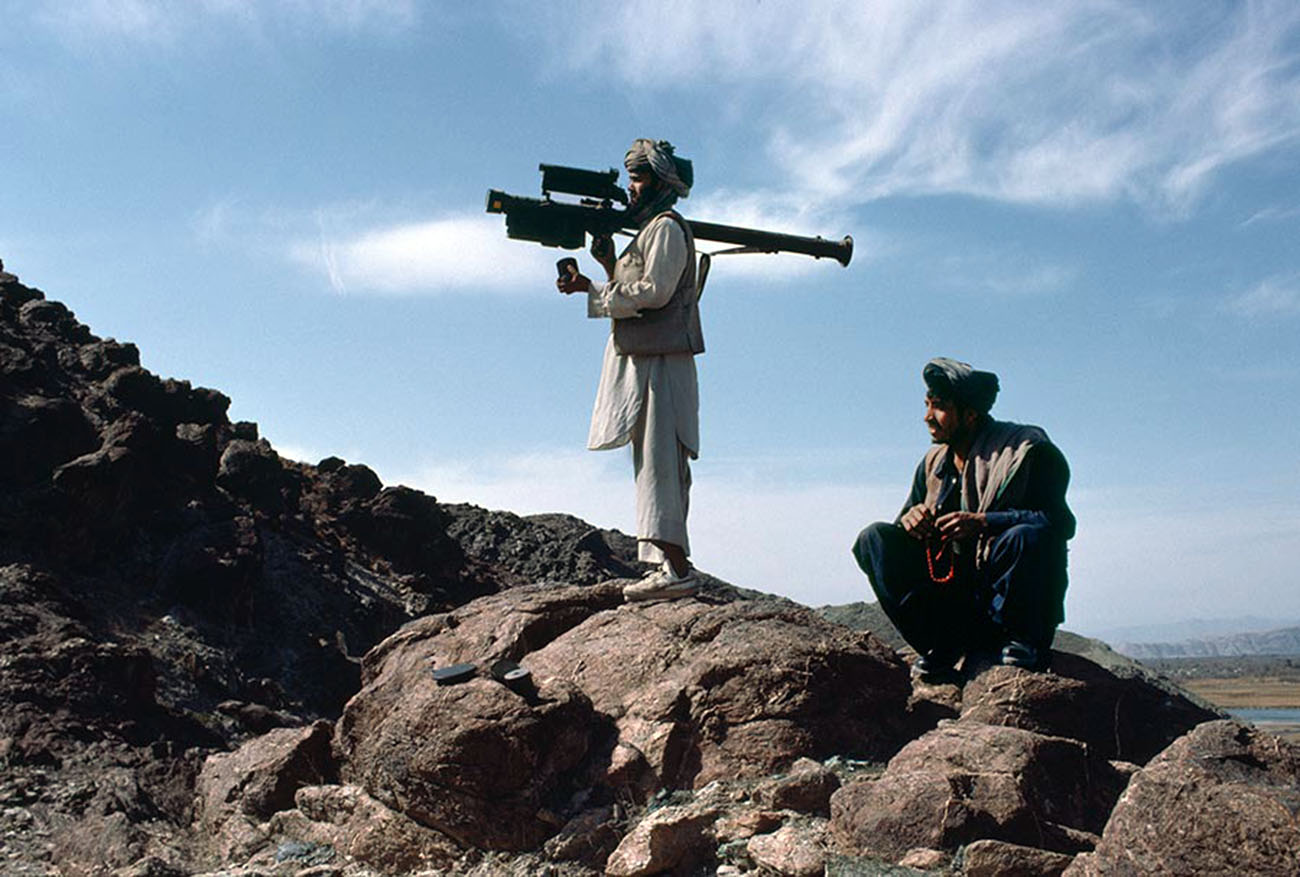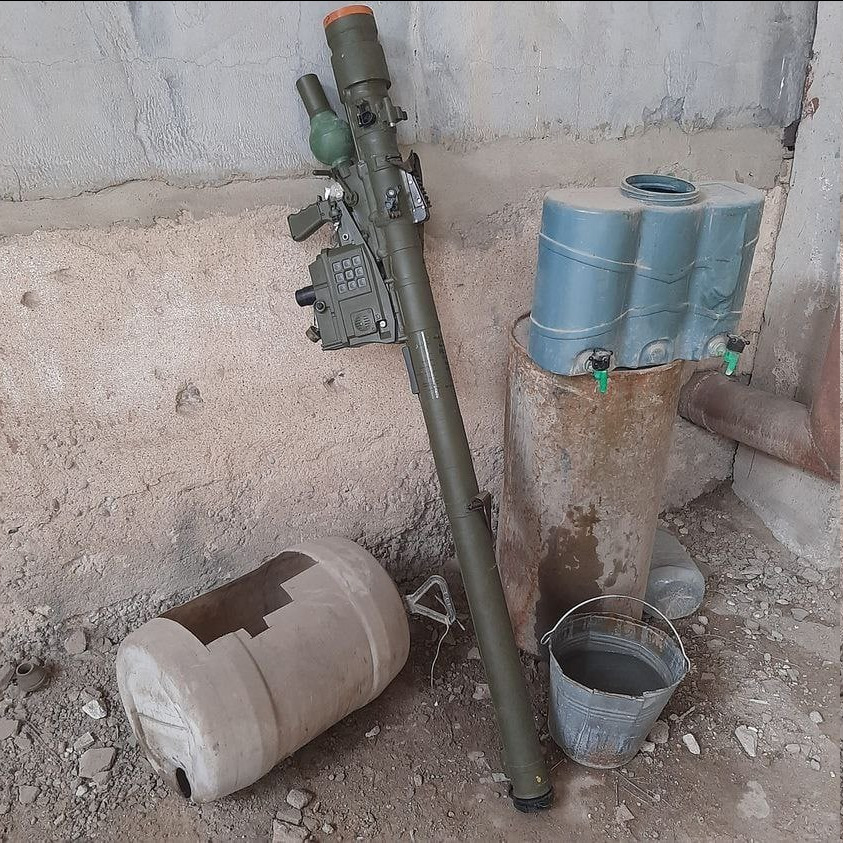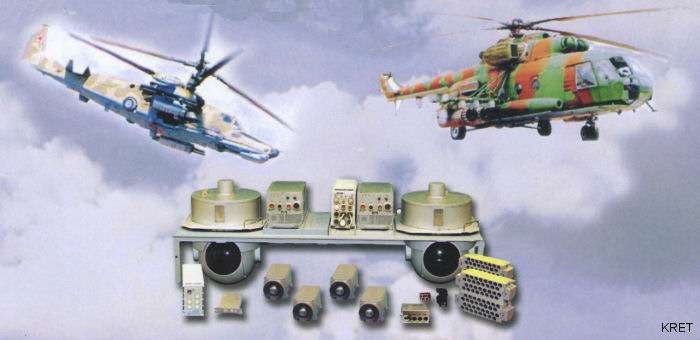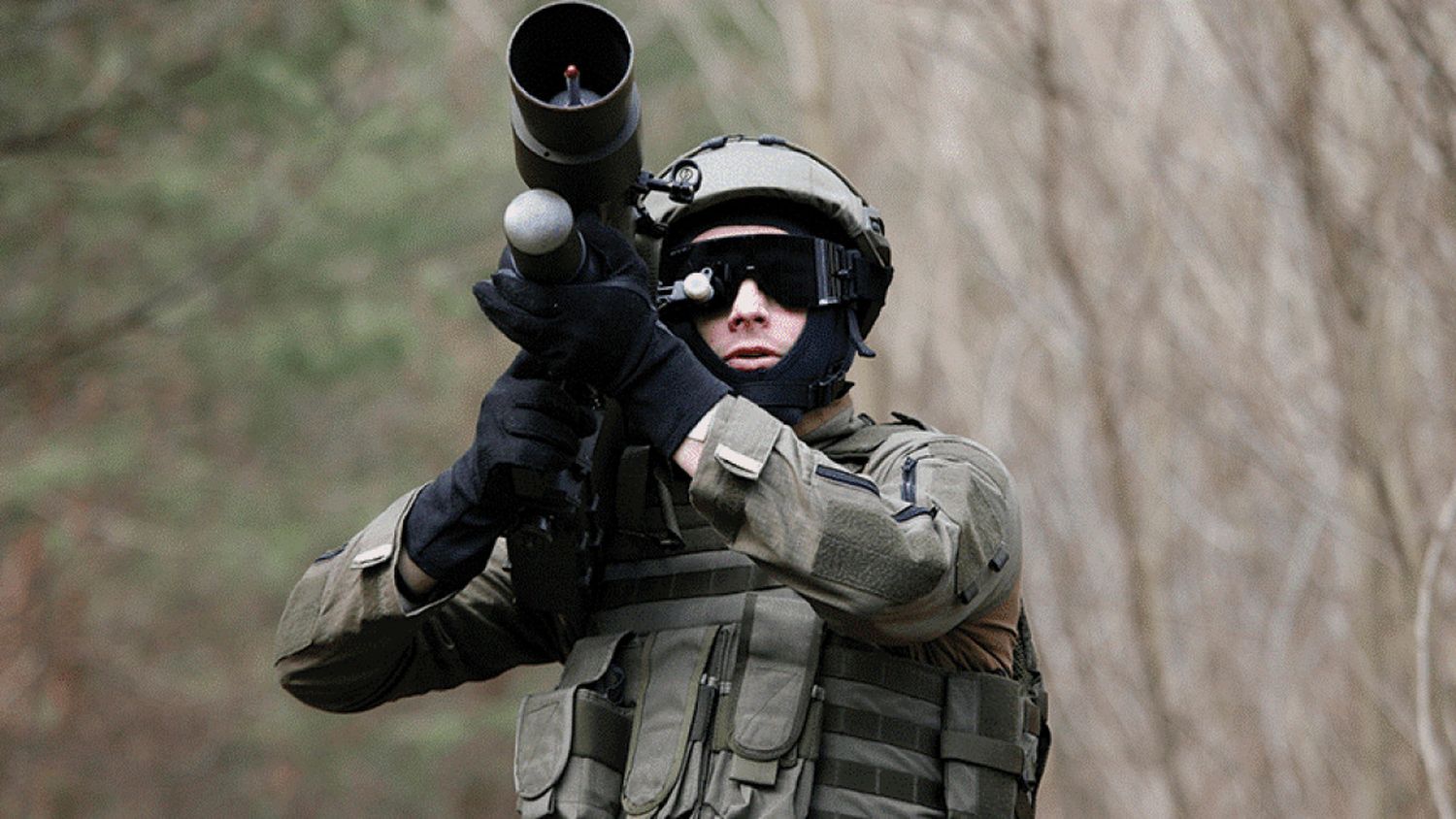Manpads in Ukraine: The return of Russian aircraft’s biggest fear
As in Afghanistan more than 40 years ago, man-portable air-defense systems, or MANPADS, are largely responsible for the downing of Russian aircraft over Ukraine.
As of today, the twelfth since the invasion of Ukraine began, the Oryx website (considered by most analysts as a reliable source) puts the number of Russian aircraft shot down or lost so far in the conflict at 24 units.
Going into detail, it would be:
- 11 fixed-wing aircraft shootdowns
- 4 Su-25 ground support aircraft
- 2 Su-30SM multirole fighters
- 4 Su-34 fighter-bombers
- 1 An-26 tactical transport aircraft
- 2 drones
- 1 E95M (probably used as bait to activate Ukrainian air defenses)
- 1 Orlan-10
- 11 helicopters
- 2 Mi-8 transport helicopters
- 7 Mi-24/35 attack helicopters (one of them reported as damaged)
- 2 Ka-52 ‘Alligator’ attack helicopters
Oryx only counts material losses that can be confirmed with film or photographic material. And since the fighting takes place in Ukraine, it is usually Ukrainian civilians who provide the most evidence through their cell phones, followed by the posts made by the Ukrainian forces themselves from the battlefield.
https://twitter.com/ErrorCitizenX/status/1500259425554247680?s=20&t=iJSnXcZpvKjWe_AI4KsONg
On the other side, very little reliable information leaks out, either about their own casualties or those inflicted on the enemy. The Russian Armed Forces are obviously not allowed to use social networks, so it is easier to access evidence of Russian losses than those of Ukraine.
Taking into account that only those weapon systems that were destroyed, abandoned or damaged are counted as casualties, by means of film or photographic evidence, which is not abundant, it is logical to assume that the losses on both sides are greater than those that emerge from the source used in the present note or from official media.
Let us return to the issue of MANPADS
These are light, simple weapons of great worldwide proliferation. Their guidance is usually by infrared and they weigh around 15kg (ready to use), with a range that, depending on the weapon and its version will go from 3,500 to 6,000, being able to reach altitudes of up to 4,000 or 5,000 meters.
Man-portable anti-aircraft missile systems are an indispensable tool of low-level defense, designed to be, together with tube weapons, the last line of defense against enemy aircraft within an integrated multi-layered air defense structure.
But in the case of Ukraine, and just as they were used in Afghanistan, well used, they can in their own right, become a real headache for any enemy aircraft. Helicopters and ground attack aircraft are particularly vulnerable to these threats, because of their need to operate close to the ground, well within the effective range of these weapons.
All footage from the Russian airborne helicopter assault into Gostomel airbase on the outskirts of Kyiv during the first days of the invasion. Includes new MANPADS launch and shootdown fotage. Multiple Ka-52 helicopters hit and shot down pic.twitter.com/Ui8J8bzI8O
— Hugo Kaaman (@HKaaman) March 1, 2022
And the weather doesn’t help either. Videos uploaded to the networks show that the sky is almost always overcast, with dense and low clouds, making it difficult for attack aircraft such as the Su-25 or Su-34 to perform their missions above the cover of light shoulder-launched missiles.
What MANPADS systems does Ukraine use?
Soviet SA-7 and SA-14
Initially, Ukraine started using its own stockpiles of light missiles of the Soviet-era SA-7 Grail and SA-14 Gremlin types (9K32 Strela-2 and 9K34 Strela-3 respectively, according to Russian designation), which are technologically outdated and in many cases, directly defeated.

This is precisely the case of the SA-7 delivered to the Ukrainians by the German Government directly from their warehouses. Such equipment has been in storage at least since the time of the fall of the Berlin Wall. Frankly, it is possible that they are more dangerous weapons for the Ukrainian operators themselves than for the Russian aircraft.
The SA-7, in its Strela-2M version is a 15kg missile, with a 1.15kg fragmentation-type explosive charge, capable of mach 1.2 velocity, with a maximum range of 4,200 meters and an altitude of 2.3 kilometers.
The SA-14 is slightly heavier, on the order of 16kg. Its warhead is a 1.17 kg explosive fragmentation warhead. It has a speed of mach 1.8, reaching a maximum distance of 6km. Its infrared seeker is more modern, being able to attack targets in its frontal hemisphere, contrary to the older SA-7, which it also surpasses in flare resistance.
FIM-92 Stinger
Speaking of recurring nightmares since Afghanistan, these anti-aircraft systems are well known to the Russians, who have lost and continue to lose all types of aircraft to their sting.

The U.S. delivered several hundred of these MANPADS to Ukraine before the outbreak of hostilities. And since the European Union decided to openly take sides with the attacked country, it also made several shipments of these missiles from its own stockpiles.
The operational status of these systems is not known for certain. Photographic evidence of some batches of Stinger missiles delivered to Ukrainian forces suggests that they may have been originally manufactured for delivery to mujahideen fighters.
Given that Stinger systems were delivered from the U.S., Germany, Latvia, Italy and the Netherlands (I’m probably forgetting some countries), there is surely a wide disparity in the dates of manufacture of the various batches, as well as in the more or less careful maintenance. In its latest versions, the Stinger is a very dangerous and lethal weapon.
The Stinger weighs 15 kg, flies at mach 2.2, has a maximum range of more than 5,000 meters, and can reach altitudes of 3,800 meters. In its latest version, this missile employs an infrared/ultraviolet guidance warhead and has a proximity fuze, to be more effective against drones.
Grom and Piorun
These are MANPADS of Polish origin, which were delivered shortly before the start of the Russian invasion (and are probably still being delivered now) designed to replace the large stockpiles of older systems such as the SA-7, SA-9 and SA-14 in the Polish arsenal.

They are arguably the most modern and best light air defense systems currently in the possession of Ukraine fighters. The Grom family of missiles originated in the 1990s, and the Piorun entered service as recently as 2019.
The Grom launcher with the missile weighs 16.5 kg. The missile has a 1.27 kg high explosive fragmentation warhead and its guidance system is infrared. It locks onto hot target surfaces, such as an aircraft engine or turbine exhaust, and is capable of predicting the target’s movement. The missile has a contact detonation mechanism and detonates once it reaches its target. It can hit targets at a distance of up to 5.5 km and at an altitude of 3.5 km.
The Piorun started as a deep modernization of the Grom, called Grom-M, but then it was decided to rename it as it was practically all new.
It has a more sensitive seeker and a new rocket motor. This allows it to reach targets at a distance of 6 km and at an altitude of 4 km. The warhead has a proximity fuze and can destroy the target even if it does not hit it directly, which would also give it better characteristics against small targets such as drones.
It is unknown how many of these modern MANPADS were delivered to the Ukrainians.
Why so many shootdowns in such a short time?
Here we are entering the realm of speculation. It may be due to a multitude of factors. We already talked about the weather issue, which would force the planes to descend to dangerous altitudes in order to accomplish their mission.
https://twitter.com/oryxspioenkop/status/1499772691875876872?s=20&t=sgHcymAFrRrcg7Kp-Sp98Q
And aren’t helicopters, operating normally close to the ground, equipped with effective countermeasures? Didn’t the Russians learn the lessons from Afghanistan?
There are many videos showing Russian helicopters dropping flares to confuse the approaching anti-air missiles of Ukrainian soldiers, but that measure is not always effective.
Firstly, it will depend on how modern the MAPANDS in question is. If it is an early generation missile, its seekers are likely to be fooled by the infrared decoys. If they are modern missiles, it is much more difficult to fool them.
It has been confirmed that it was one of the Piorun missiles donated to Ukraine by Poland that shot down the Russian Mi-24 helicopter today.
Unlike Stingers, Piorun can down targets flying very low (10m altitude/400m distance).
Let’s send more!
????pic.twitter.com/YBZPR4mwHB
— Visegrád 24 (@visegrad24) March 5, 2022
Secondly, the reaction time of the defender is very important. Videos were seen where the time between the missile being launched and hitting the target, usually a helicopter, is only a couple of seconds. The ambush tactics being used by Ukrainian soldiers are proving to be effective, taking very good advantage of the weather, intelligence information and orography.
I might add a third item, economics. Russia was one of the first countries to develop laser-active countermeasures to deal with the threat of infrared missiles launched from close range. These are systems such as the President-S, which can detect the approach of a missile and jam it by means of laser illumination that blinds the missile’s seeker warhead. Such self-defense systems are not cheap, and there are likely to be very few helicopters equipped with them.

But while most of the Russian aircraft shoot-downs were at the hands of MANPADS systems, some other heavier Ukrainian anti-aircraft assets are evidently still operational. It appears that a Russian Su-34 was shot down by a Ukrainian Buk medium-range air defense missile system, which would show that the air defense suppression campaign, effective during the first stage of the invasion, was not pursued with the care that should have been given to it.

By way of conclusion
Russia was effective in eliminating the vast majority of Ukrainian air defense systems and equipment during the first hours of the invasion, attacking anti-aircraft batteries, radars, command centers, air bases, etc. But some equipment survived the first onslaught and will surely operate as intelligently as possible, to avoid being destroyed by a clearly superior Air Force, but which is being made to pay a heavy cost.
But what cannot be avoided is that every low-level Russian air raid falls within the range of a MANPADS ambush.
These highly mobile and lethal systems will continue to give major headaches to Russian forces, as the Soviets once suffered in Afghanistan, as long as the West continues to supply them and share the intelligence generated by all the NATO aircraft permanently flying on Ukraine’s borders, which do not miss any Russian aircraft in flight.


Comentarios
Para comentar, debés estar registrado
Por favor, iniciá sesión